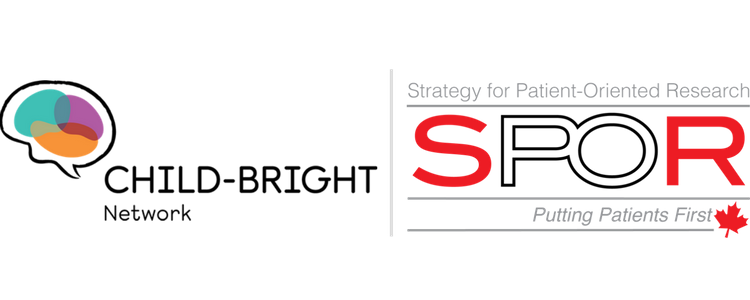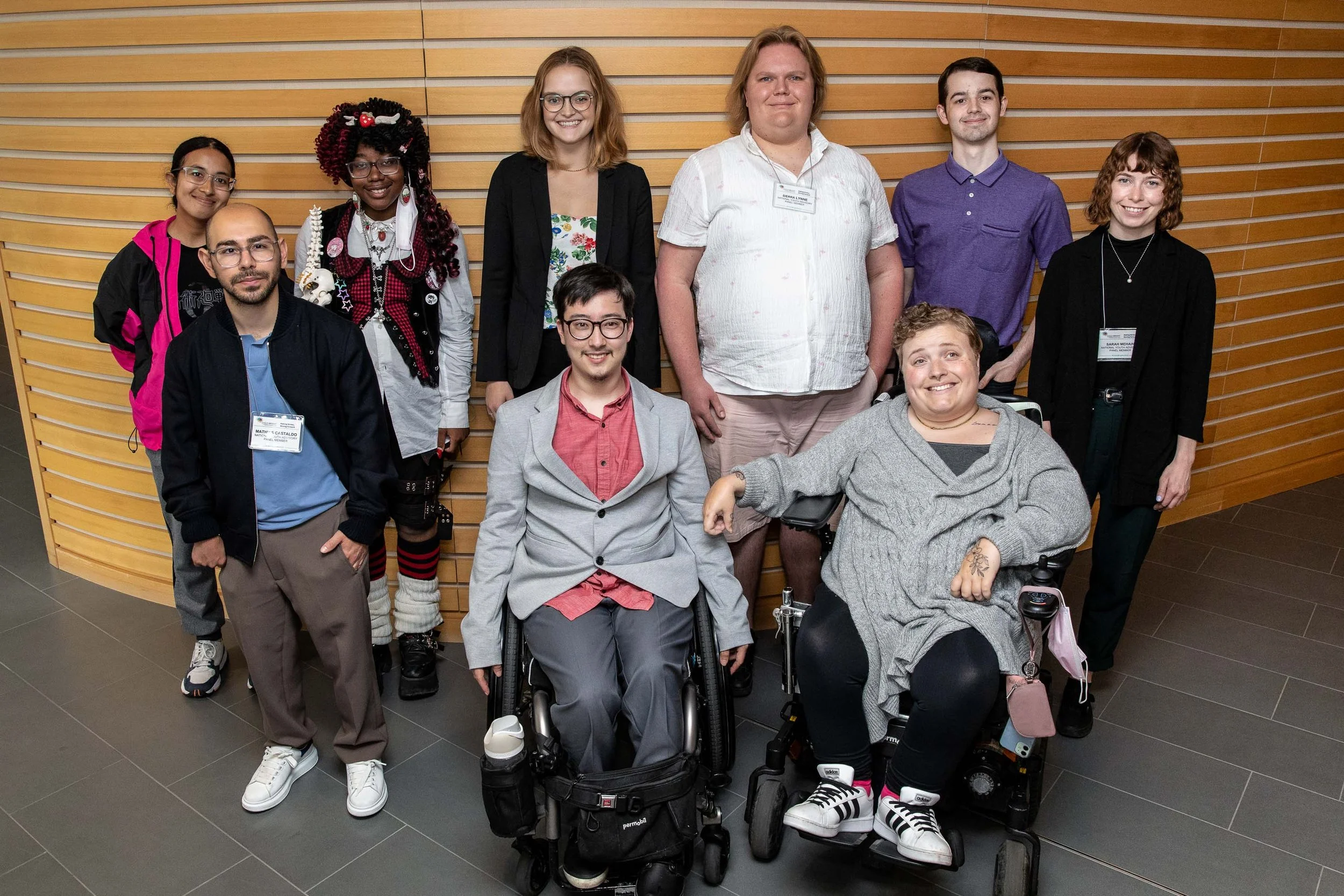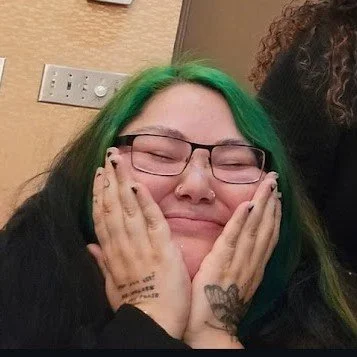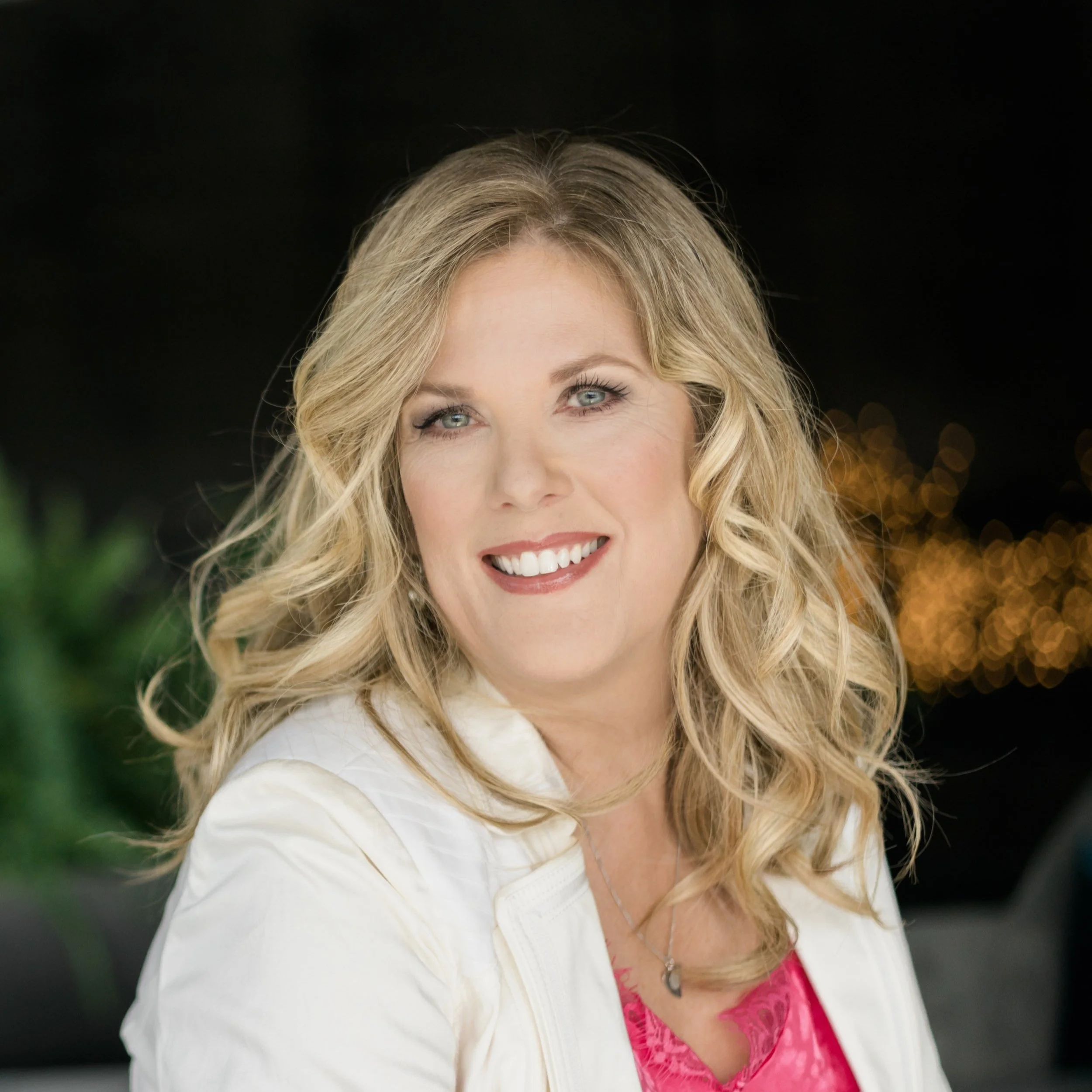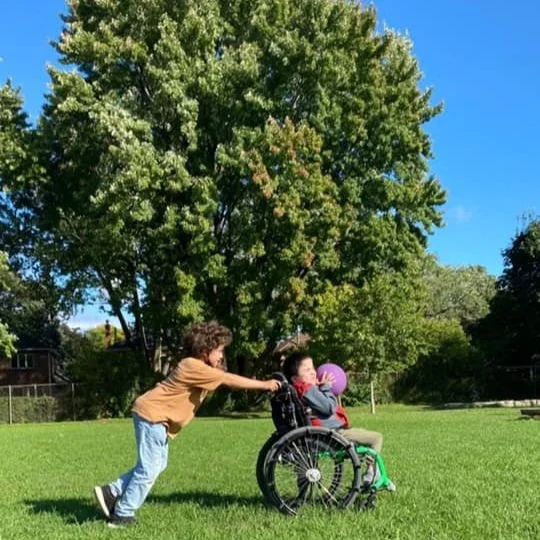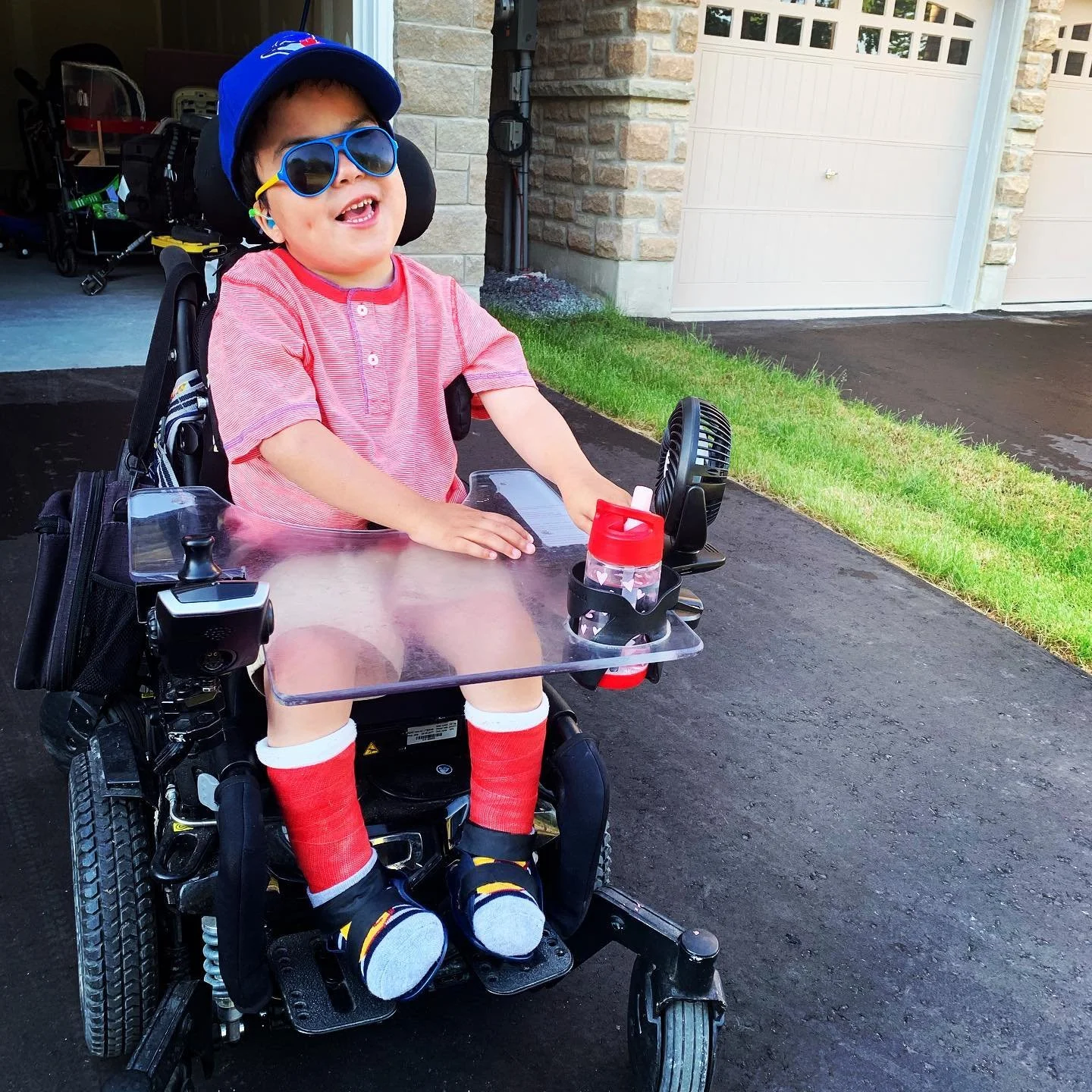Kian is also incredibly skilled with technology, funny, mischievous, and full of an adventurous spirit. He has an immense sense of empathy that I have rarely encountered in others. When I was diagnosed with bipolar disorder, I began to reflect on the stigma I was facing and internalizing, and how Kian’s daily experiences contrast with mine. I can mask my bipolar disorder, but Kian cannot hide his physical disability. At the same time, the assumptions people make about Kian, and the assumptions made about those with bipolar disorder, are disheartening. In that way, we share a profound connection.
As I think about Kian's future, I wonder how society will treat him as he grows older. The public’s empathy seems to shift dramatically when it comes to disabilities. While there is often more compassion for children, this empathy can lessen as someone reaches adulthood.
I always advocate with Kian in medical, educational, and social settings, prioritizing his voice and respecting his dignity, autonomy, and rights as outlined in the Declaration on the Rights of Disabled Persons and the Convention on the Rights of Persons with Disabilities. Over time, I have had to let go of my initial helicopter-parenting tendencies and allow Kian to live authentically, just as any child should. I remember one moment during a charity walk when Kian, at just four years old, wanted to tackle a steep hill in his power wheelchair. Initially, I hesitated, unsure if I should let him go. But I quickly reminded myself: If Kian were a typical four-year-old, would I have hesitated? Of course not. So, I let him go up the hill with his nurse. He had the time of his life, and the smile he wore that day is one I will never forget.
Looking back on that conversation I had in 2009 with our geneticist, I now see the truth in his words. The issue was never Kian; it was how the world saw him—or, more accurately, how it did not see him. Society, research, policies, and clinical guidelines do not always consider him in the way I did and the way Kian sees himself. This realization fueled my desire to participate in advocacy and research, pushing for improvements in health equity with Kian and others like him in Canada. It also led me to understand the importance of recognizing neurodivergence to create better support systems with children with disabilities and their families.
Fostering radical love in neurodevelopmental research
In All About Love, Black Critical Race Theorist scholar bell hooks discussed love as a combination of six ingredients: care, commitment, knowledge, responsibility, respect, and trust. She argued that love is crucial to social justice, and that radical love can unite us all, bridging social movements and advancing our collective progress.
In disability research, radical love can look like creating spaces where people can come together, feel safe, and express their authentic selves. Love can mean ensuring that our research outputs to the public are in plain language, making the findings clear, concise, and accessible to all. Love can mean that accommodation requests can be met without judgment and with support, care, and love. Love can mean working to understand, instead of reinforcing the stigma of having a mental health diagnosis.
My diverse lived experiences have deeply shaped my academic and professional journey, inspiring me to pursue meaningful research that bridges my personal and professional worlds. My PhD research focuses on the intersections of race and disability, specifically examining the experiences of BIPOC (Black, Indigenous, and people of colour) families with mental health diagnoses and their children with disabilities in the child welfare system. Guided by the Indigenous conceptual framework of Margaret Kovach, an Indigenous scholar of Nêhiyaw and Saulteaux ancestry from Treaty 4 and member of Pasqua First Nation, I draw on Indigenous epistemology, ethics, community, and the experiencing self in relationships.
